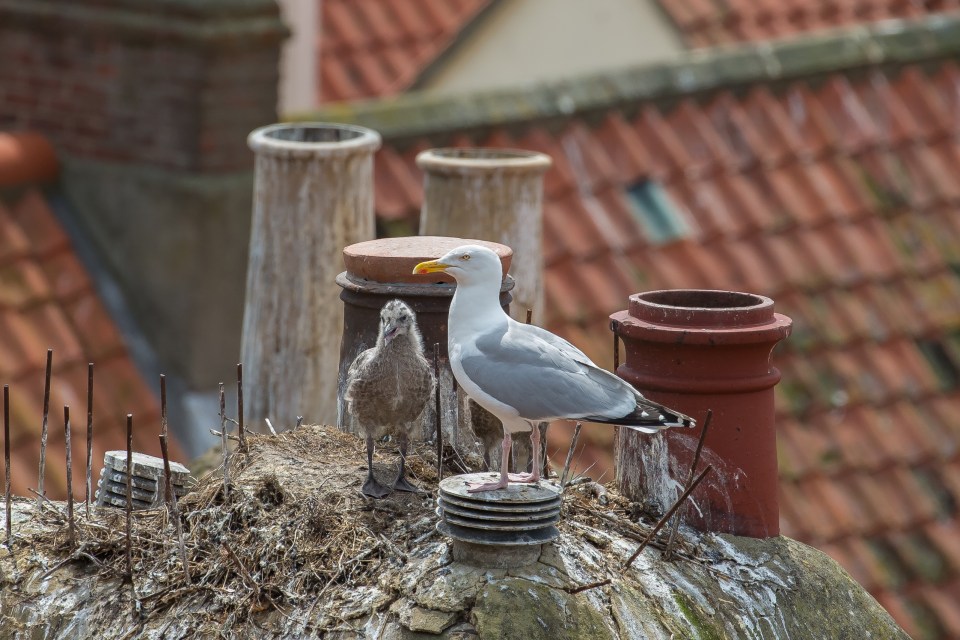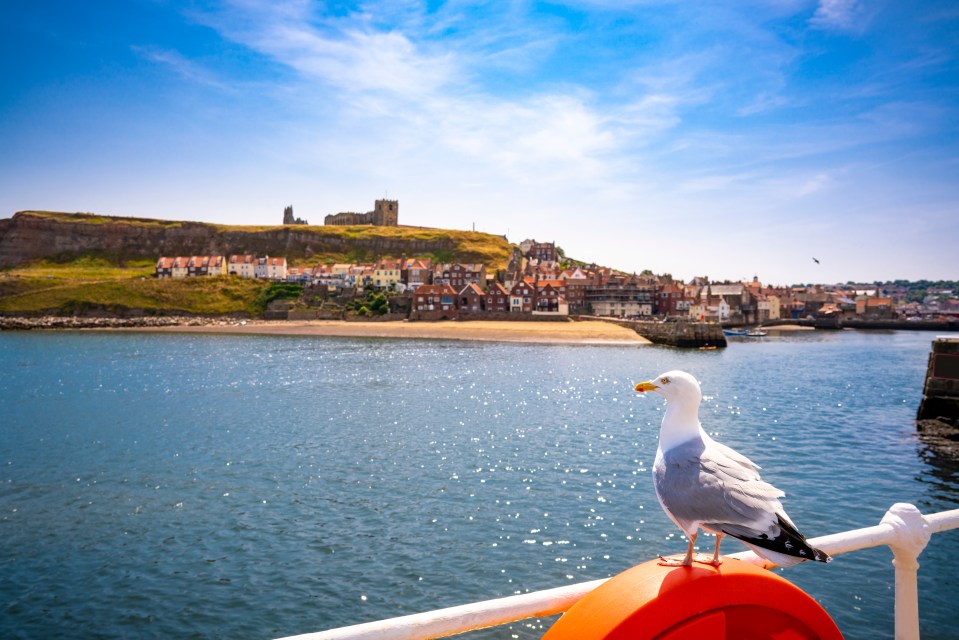LOCALS are forging a “seagull strategy” to defend against attacks from pesky birds including “gull muggings” and pet ambushes.
North Yorkshire Council provided guidance to traders across the Yorkshire coast after the number of seagull attacks rose in the region.
Visitors have been warned they at risk of attack in Scarborough, Whitby, Filey and Bridlington, with sellers also being told to place rubbish in seagull-proof bags.
The council’s £36,000 strategy will investigate whether the birds could be encouraged to use different nesting sites in the region.
Councillor Keane Duncan said the area has had a number of “scary” incidents over the past two years, including more than 60 reports of “gull mugging attacks” of people as well as their pets.
He hopes to be able discourage these by telling locals and visitors to not feed the birds, and to not drop litter either.
He said: “Clearly fried fish, chips, ice cream are not part of a seagull’s diet, so we want to make sure we are discouraging interactions between humans and birds.”
Dean Richardson, the council’s head of regulatory services, wrote the strategy which linked the rise in seagull population to the fact that “ideal havens” and nesting spots can be made by the creatures on ledges and rooftops.
He said there had been a “perceived” increase in the urban population of seagulls in North Yorkshire coastal towns, with the council having received an increased number of complaints.
Residents complained about the “aggressive behaviour” of the birds, including them snatching food and injuring people in the process, as well as noise and mess particularly during the breeding season.
Many also felt this had an impact on tourism in the region.
The council’s strategy includes plans to educate people about the dangers of feeding seagulls and will use signage and public awareness campaigns to do so.
Its guidance will also explain the impact of dropping litter and leaving rubbish on the beach.
By working with various teams, it also hopes to provide seagull-proof bags and extra bins where funding is available.
Dean added that the strategy’s development will also lead to a review of the rising costs of cleaning seagull waste at present.
He described the current situation of “overspending” on removing gull waste as “unsustainable”.
Ashton Bunn, who has previously been paid to clear seagull waste described the situation as a “constant problem”, with waste appearing endlessly.
He said: “There’s nothing you can really do as they have tried to put barbed wire up on the windowsills but it doesn’t seem to be working.
“It needs addressing but we are in a seaside town so you have to accept that this is part of it.”
The council’s scheme follows similar plans by several Scottish authorities and Bath and North East Somerset council, which has had a strategy since 2016.
In the first year it allocated £85,000 to educate the public on reducing the birds’ access to food waste, a nest removal programme and support for an 18-month research project conducted by the University of the West of England and Middlesex University.


